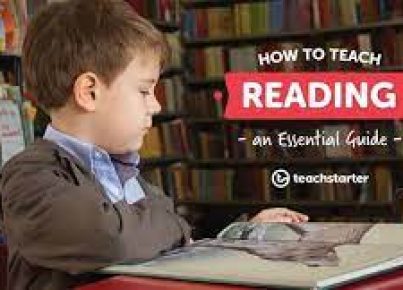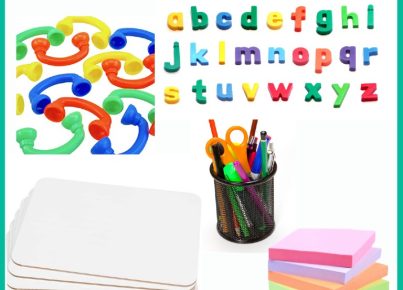Engaging students in a classroom setting can be a challenge, especially when it comes to activities that require them to listen actively, such as read aloud sessions. However, with the right strategies, educators can capture the attention of their students and make read aloud both enjoyable and educational. Below are some effective classroom read aloud strategies that have been proven to get and keep students engaged.
Interactive Read Aloud
This strategy involves the teacher pausing during reading to ask predictive or analytic questions, encouraging students to think deeply about the text. The interactive element keeps students attentive because they know they may be called upon to participate in the discussion.
Use of Voice Modulation
Teachers can enhance the storytelling experience by altering their voice pitch, tone, and pace to match different characters and scenarios. This not only makes the story more interesting but also helps highlight key points and emotions in the text.
Incorporating Visual Aids
When appropriate, displaying pictures or illustrations related to the story can make it easier for students to visualize what they are hearing. This is particularly effective for visual learners who may struggle with pure auditory information.
Peer Reading
Pair up students and let them take turns reading from the book. This peer-based approach not only gets all students involved but also encourages a sense of responsibility towards learning within each student.
Predictable Books
Using books with predictable or repetitive elements allows students to anticipate certain phrases or endings. Anticipation keeps them engaged and gives them confidence as they feel included in the narrative process.
Involve Physical Movement
Occasionally integrating physical movement related to the storyline can keep energy levels high and maintain engagement. For instance, if a character is jumping or dancing in the story, have students mimic these actions in a controlled manner.
Character Role-Playing
Assign roles to students during a story read-aloud session where they act out or speak for certain characters when their dialogue comes up in the text. This keeps participation high and encourages attentive listening.
Reading with Puppets or Props
Utilizing puppets or props while reading can bring stories to life in an exciting way that captures students’ attention. It adds an element of fun and theatricality to reading sessions.
Involvement with Technology
Incorporate technology by using e-books or interactive literacy applications that feature sound effects or animations corresponding with the text being read aloud by the teacher.
Strategic Seating Arrangements
Positioning students so that everyone can see both you and any accompanying visual aids prevents loss of interest due to visibility issues.
By implementing these strategies, teachers can create a dynamic and inclusive environment that motivates students to focus on and enjoy read aloud time. Engaged listening is fundamental to literacy development, making these techniques invaluable tools for fostering an enriching academic atmosphere.





